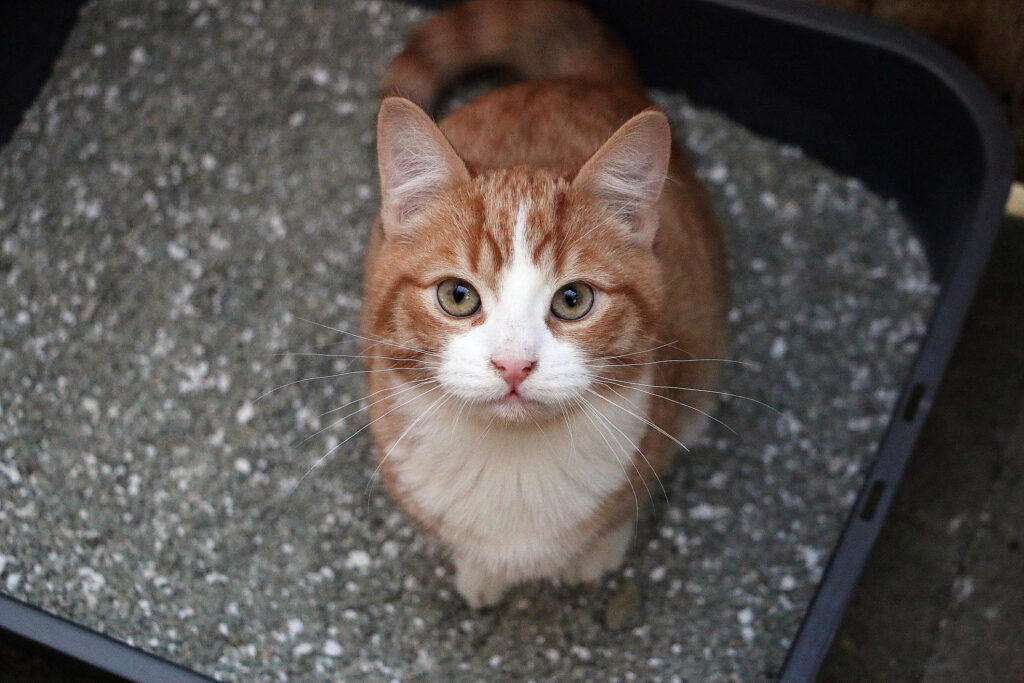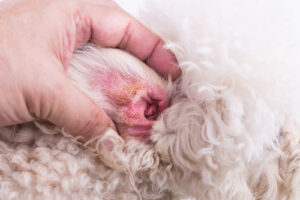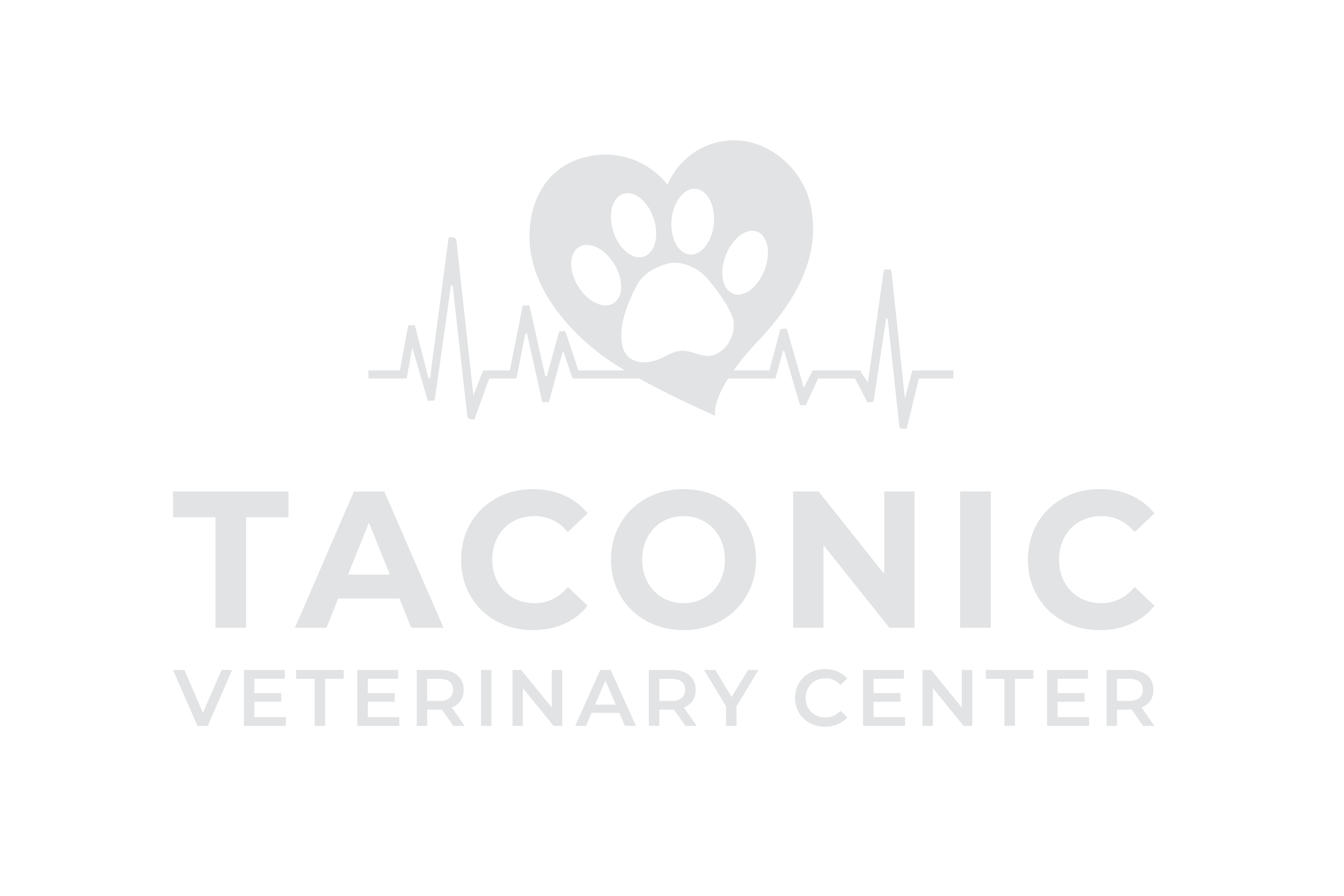You might be surprised to hear that your fur baby’s potty habits are a pretty big deal. But if you think about it, irregular bowel movements can tell you a lot about your cat’s overall health. So, if your feline friend has been struggling in the litter box, that’s a concern worth addressing.
How Do You Know Your Cat Is Constipated?
Your cat can’t exactly tap you on the shoulder and tell you they’re not feeling well. You have to rely on observable signs. Is Whiskers straining in the litter box or avoiding it altogether? Maybe you’ve even noticed hard, dry stools? These are usually strong hints that constipation could be an issue.
Symptoms of Cat Constipation to Watch Out For
What goes in must come out, right? But if your cat’s diet isn’t up to par, or they’re more of a couch potato than an adventurer, they might run into some ‘blockage’ issues. Inadequate hydration and lack of fiber could be potential culprits.
- Behavioral Signs: If your cat suddenly starts spending a lot of time in the litter box without much to show for it, that’s a red flag. Straining, yowling, or frequent visits to the litter box can all indicate constipation.
- Physical Symptoms: During your usual petting or grooming sessions, you might pick up on some other signs of constipation. These can include a bloated abdomen or even bits of matted feces near the tail.
How to Help Prevent Constipation in Your Cat
The Role of Diet in Feline Bowel Health
You are what you eat, and the same goes for your cat! A balanced diet rich in fiber can make a world of difference in preventing constipation. Foods like wet cat food and fiber-rich kibble can help keep things moving smoothly in your cat’s digestive system.
The Importance of Hydration
Cats often demonstrate a strong preference for running water over standing water, a behavior that can be puzzling to their human companions. You might have noticed that your cat is more intrigued by a dripping faucet or running tap than by the water in their bowl. This preference, while seemingly quirky, is deeply rooted in their instincts and can significantly impact their hydration habits.
Ensuring your cat gets enough water is vital for their health, as proper hydration is key to preventing issues like constipation. One effective way to encourage your cat to drink more water is to consider options like a pet water fountain, which can make hydration more appealing. Here are several reasons why cats may prefer running water:
- Instinctual Behavior: In the wild, running water is typically fresher and less likely to be contaminated compared to stagnant water. Cats’ ancestors likely learned that drinking from streams or rivers was safer than drinking from still pools. This instinct persists in domestic cats, leading them to prefer running water.
- Better Taste and Oxygenation: Running water often tastes fresher and is better oxygenated than standing water. This can enhance the water’s flavor, making it more appealing to cats. Stagnant water, on the other hand, can develop a flat taste and may even accumulate debris or bacteria over time, making it less attractive to drink.
- Visibility and Sound: Cats have keen senses, and the sight and sound of running water can be more stimulating and attractive to them. The movement of water may catch their attention, encouraging them to investigate and drink. In contrast, still water in a bowl might not capture their interest as much.
- Temperature Preference: Running water tends to stay cooler, which can be more refreshing for cats, especially during warmer months. Stagnant water in a bowl can warm up to room temperature, which might be less enticing.
- Whisker Fatigue Avoidance: Some cats experience discomfort when their sensitive whiskers touch the sides of a water bowl. A running water fountain or a dripping tap allows them to drink without their whiskers touching the sides, providing a more comfortable drinking experience.
- Health and Hygiene: Running water is less likely to harbor bacteria and other contaminants compared to water that has been standing in a bowl for an extended period. This can make it a healthier option for cats, reducing the risk of infections or illnesses.
Seeking Professional Help Is Key
Now, it’s tempting to hop onto Dr. Google and search for quick fixes. But when it comes to your cat’s health, especially with something as potentially serious as constipation, you’ll want to consult with experts who know what they’re doing. A veterinary examination can help pinpoint the exact cause and provide an appropriate treatment plan.
If you’re from around Cortlandt Manor, New York, bringing your cat to Taconic Veterinary Center is an excellent first step. After a proper diagnosis, the vet will guide you through the best course of action for your cat.
The Next Steps for Your Cat’s Health
Once you’ve consulted the experts, it’s crucial to follow through with their advice. Keep an eye on your cat’s litter box behavior and adhere to any dietary changes or medication prescribed. Regular check-ups will ensure your cat is back on track to being their playful, purring self.
If you’ve noticed any of the symptoms we’ve talked about, don’t hesitate. Early intervention is key. Call Taconic Veterinary Center at (914) 737-2437 to make an appointment or for more information. Our vet team is standing by, ready to help your cat!





